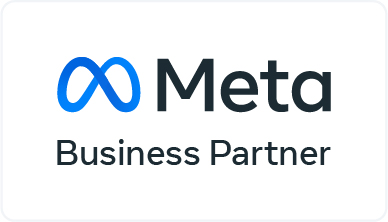Niswey is at MarTech 2019 being held in San Jose, from April 3-5. Abhinav and I are here, attending sessions, visiting booths and generally chatting with people from all walks of martech life. Here are some of our key takeaways.
Martech 2019 Landscape
The Martech Landscape 2019 supergraphic was unveiled today and it has 7,040 logos on it. That’s a 3% jump from last year when there were 6.829, with a 4.7% churn.
Does that mean martech is slowing down?
No, it’s just that the slim team that’s tracking it all can’t keep up with it all. And Scott Brinker, Chief Martec, the brain behind the much loved marketing landscape, admitted it too. Along with Jeff Eckman of Blue Green Brands that handled the research and visualisation of the landscape, he spoke about the various other views of martech that exist out there:
– regional (by countries or geographies)
– verticals (martech meant for specific industries)
– ecosystem (the apps built around a platform such as Salesforce)
– services around martech
– and what’s being called, Citizen martech, enabling users to build apps on a platform and let them put it up for others to use
That’s just a lot of tools out there, and I for one think that maybe we should stop calling it the Martech Landscape, and start calling it the Martech Multiverse.
7040 solutions on the #Martech landscape in 2019. And tons missed, admit @chiefmartec and @Bluegreenbrands
There is just so much out there. Maybe it should be called a multiverse and not landscape anymore! #martechconf pic.twitter.com/yyyTR6gDM9— Suma E P (@sumaep) April 4, 2019
The Second Golden Age of Martech
Wait, did you miss the first golden age? It was the time when conversations focused on having a suite of tools versus putting together best of breed tools, on software versus services, and should one build versus should one buy.
In this second golden age of martech, the focus is on platform ecosystems, blended model of software and services, and custom apps and operations on a common core.
You are now in an age where platforms are the norm, and then you can build your own custom apps on top of the core to suit your specific business needs. So much better than the first golden age, right?
However, this golden age is fraught with tension between dichotomies: automate and humanize; centralise and decentralise. Not only do martech folks have to walk this tightrope, they also have to deal with change. And technological change is so rapid, and organisation change just can’t keep up.
At the B2B Marketing Expo held in London last week, Scott Brinker, plotted this as a 2×2.
You can read more about it here. It gives you a fascinating view of your weaknesses currently and work towards fixing that. And no, you don’t have to be in the top right quadrant, you need to be everywhere.
Martech Growing in Significance
Early last year, you might have come across the stat from Gartner’s CMO Spend Survey for 2018-2019: Martech now accounts for 29% of the total marketing budget, making it the single largest investment under marketing resources and programs.
The year before the number was 22%. So CMOs are paying a lot more attention to martech.
Two big M&As in recent times show the growing muscle of martech. Adobe bought Marketo, SAP bought Qualtrics, and we can expect to see more such acquisitions.
But what’s even more interesting is this bit of news that Scott highlighted in his keynote:
McDonald’s is acquiring Dynamic Yield to use decision tech to increase personalisation and improve customer experience. That makes McDonald’s a martech company, Scott joked, and maybe that’s what the big M stands for! 😀
And that brings me to the next key takeaway.
The Race to Pin Identity Down
There are many exhibitors at MarTech, and a whole lot of them have to do with customer data platforms and personalisation. There is a lot of talk on 360 degree customer views, customer data platforms, real-time access to customer behavior.
And of course easy ways to deliver personalised content to personas and even persons.
Integration is named as the biggest obstacle in marketing success by marketers, as per Ascend2 Marketing Technology Trends Survey 2018. According to Matthew Mobley, Chief Technology Officer, Merkle, “The lynchpin to integration is Identity.”
This means that right approach to customer identity and behavior is what drives successful integrations.
Oracle’s Bence Gazdag, Sr. Director, Global Marketing Demand Center & Technology spoke about enabling Always-On kind of communication with your customers,
through a rounded view of the customer and personalization.
It’s a race to understand who the customer really is, and what does she want, and so on. On the other hand, there are regulations like GDPR and California Consumer Privacy Act coming into place that act as deterrents to this race to sniff down the digital tracks of a person. It will be interesting to see how this plays out in various parts of the world.
Martech Security Gap
Right on the heels on privacy, comes the issue of security. And marketers aren’t doing terribly well with it currently as per The 2019 Marketing Technology & Operations Salary Survey by chiefmartec.com. Only 21% of martech teams perform security reviews of martech products. That’s not good news, is it? But now that it’s out there for everyone to see, we can expect things to get better.
No doubt, these are interesting times to be in martech. Challenging, exciting, nerve wracking all at once. The key is not to lose sight of creating value for prospects and customers, and not forego being human in the interests of automation and efficiency.

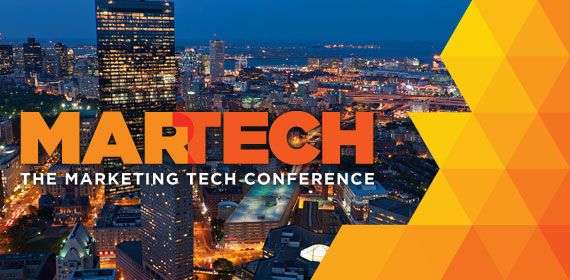
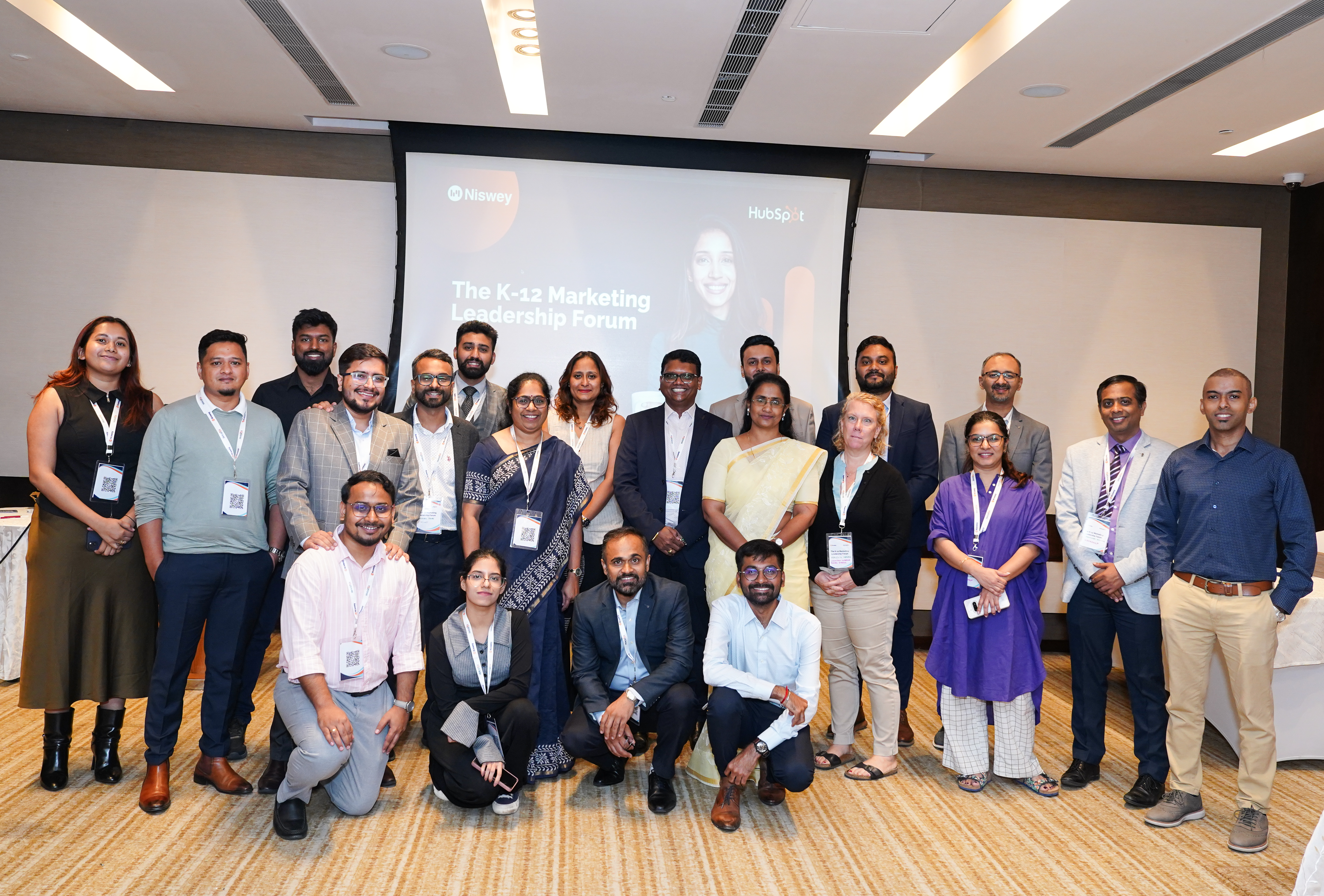
-1.png)

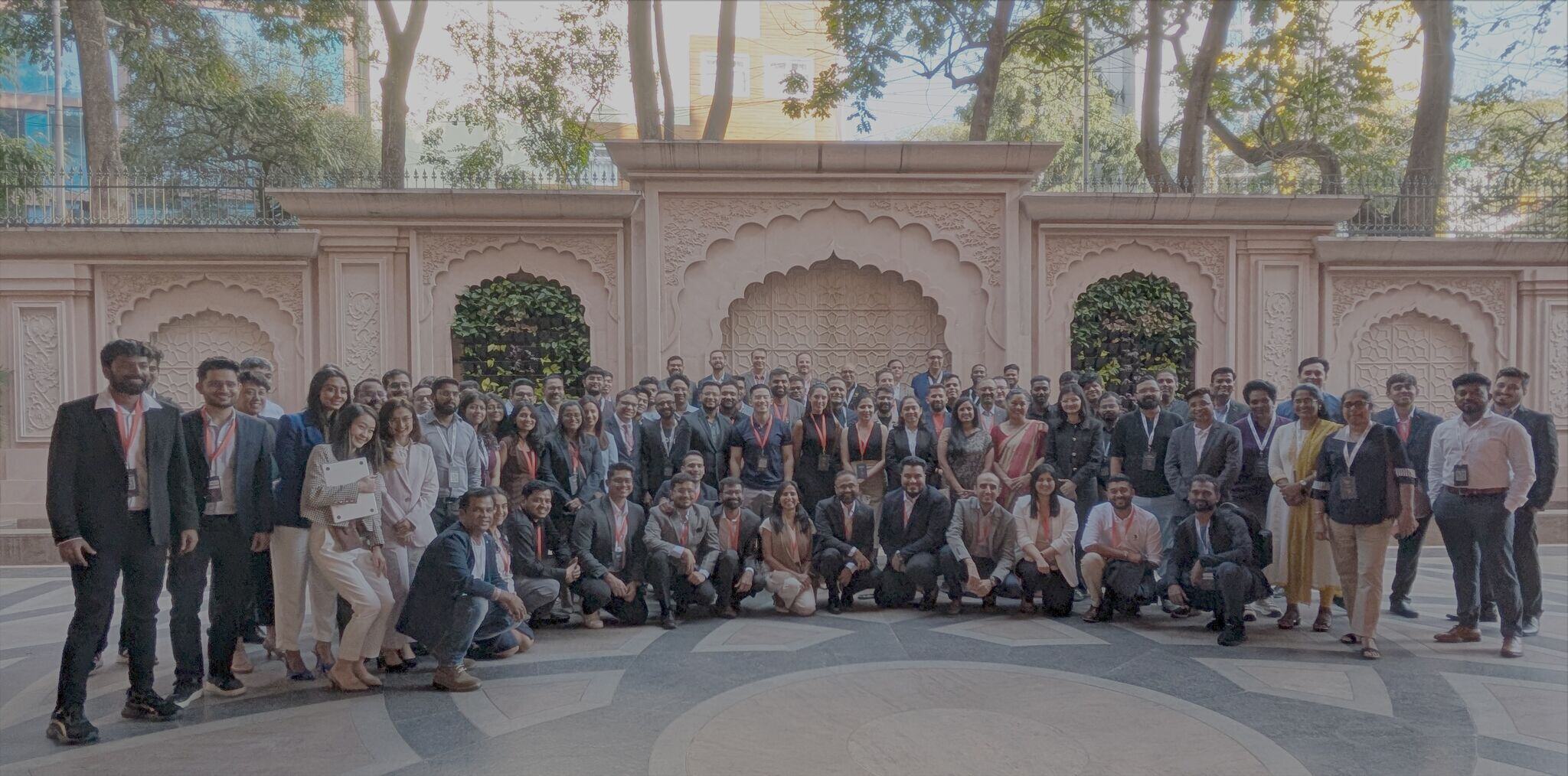

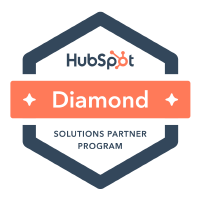

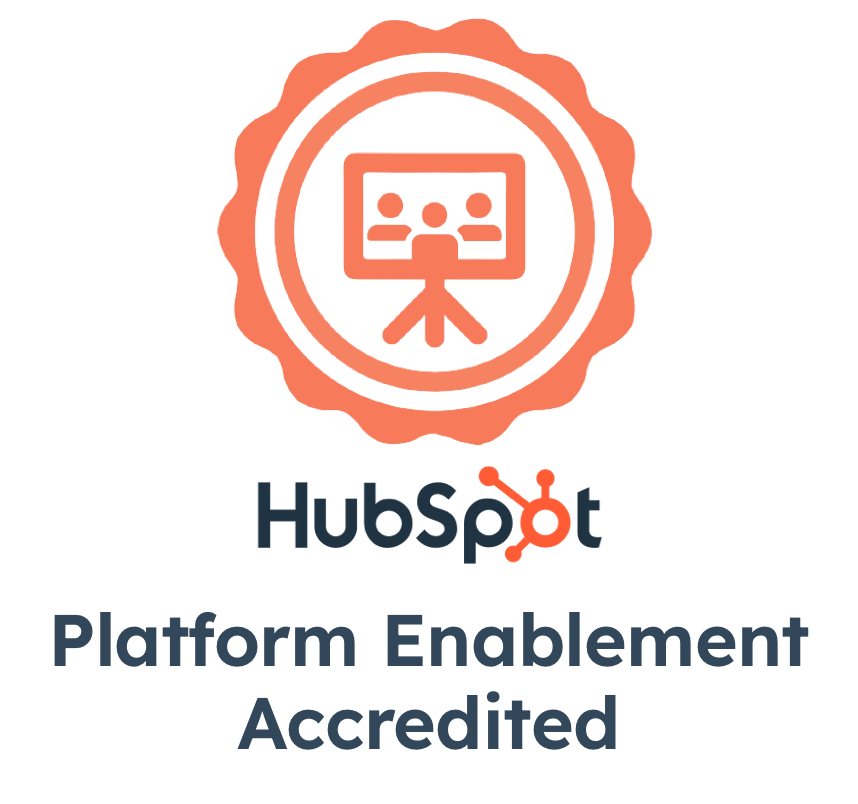
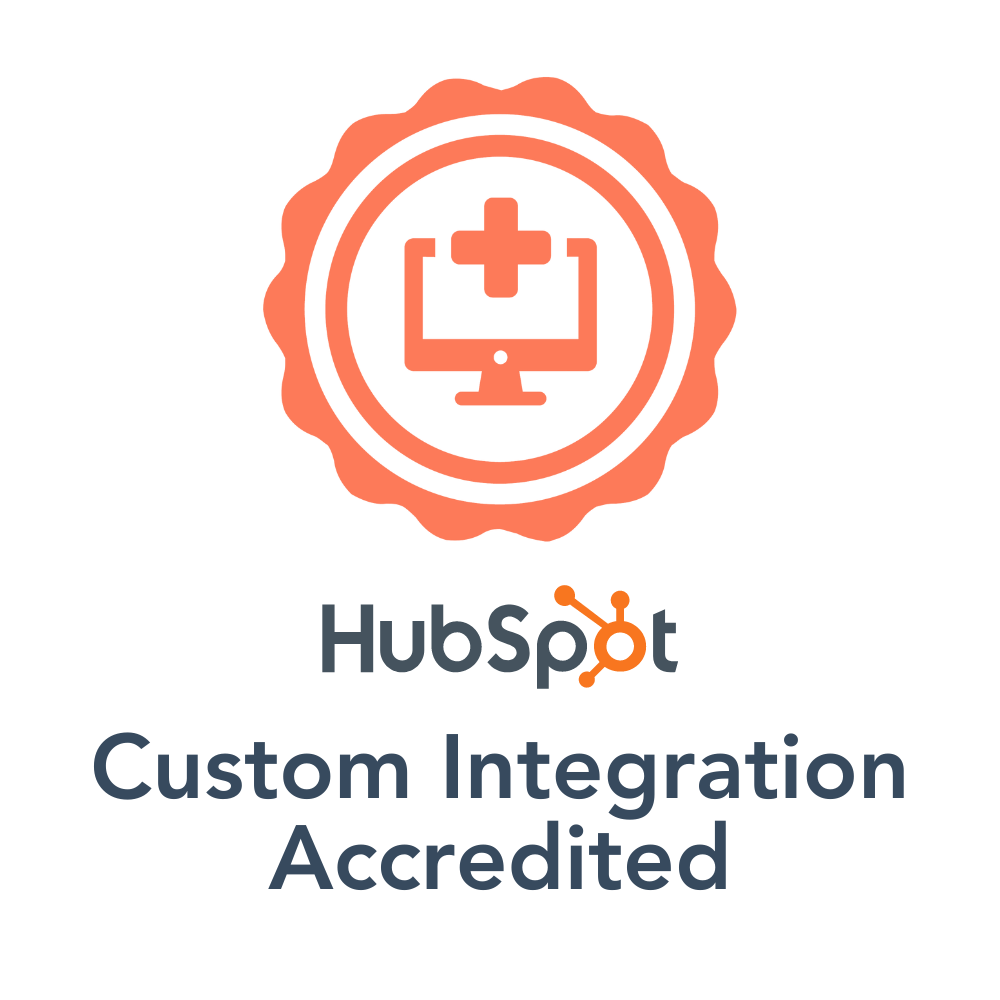
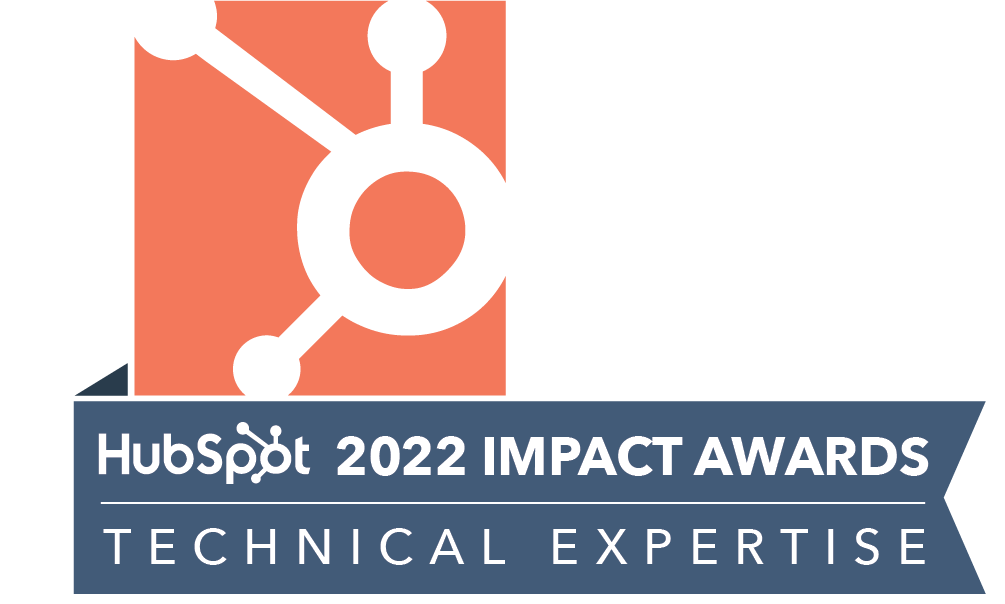
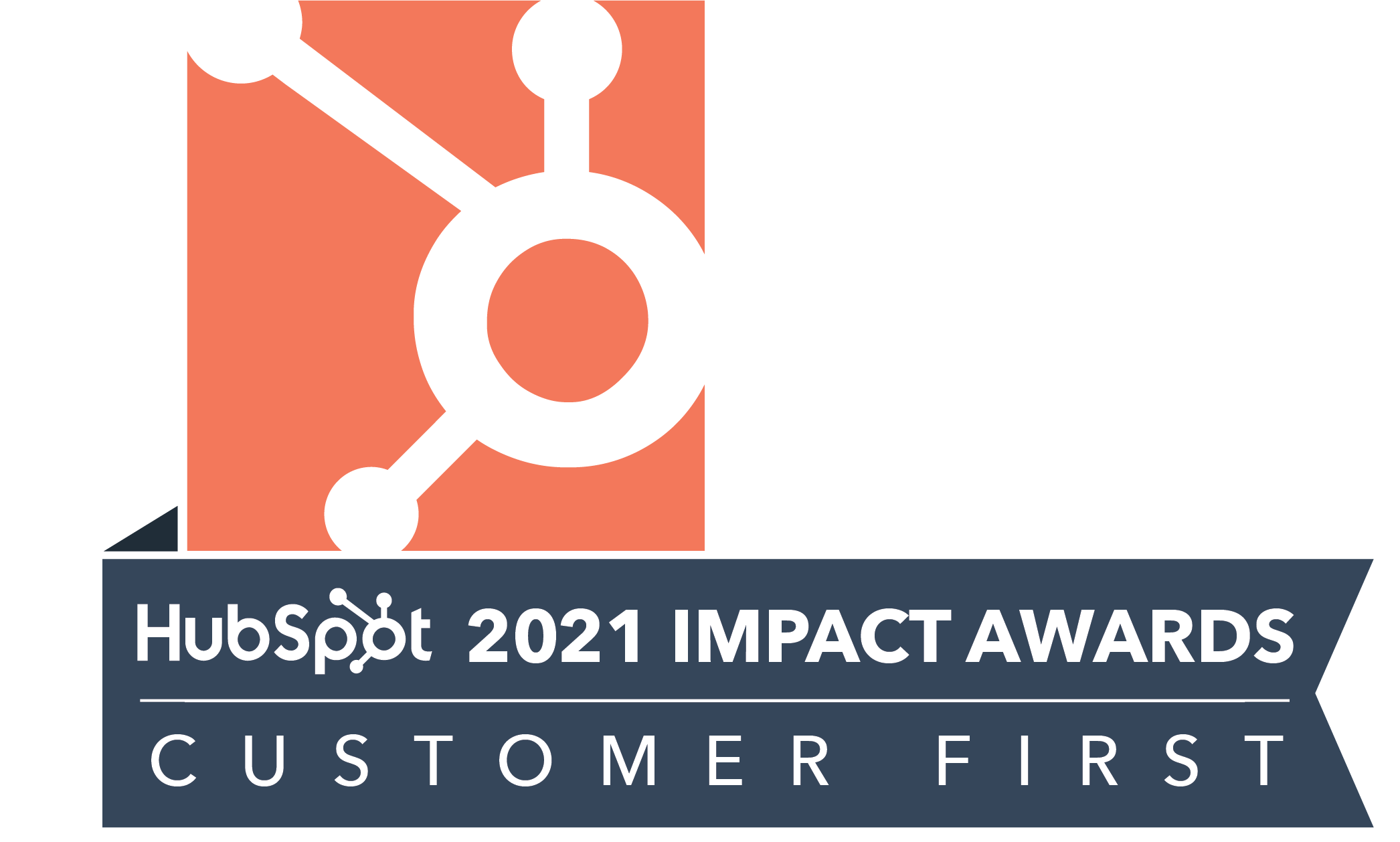
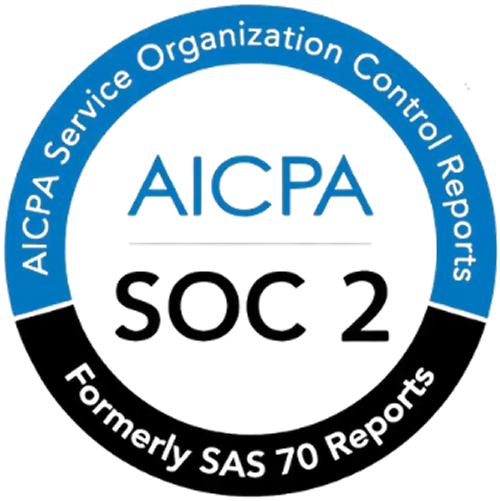
.png)
